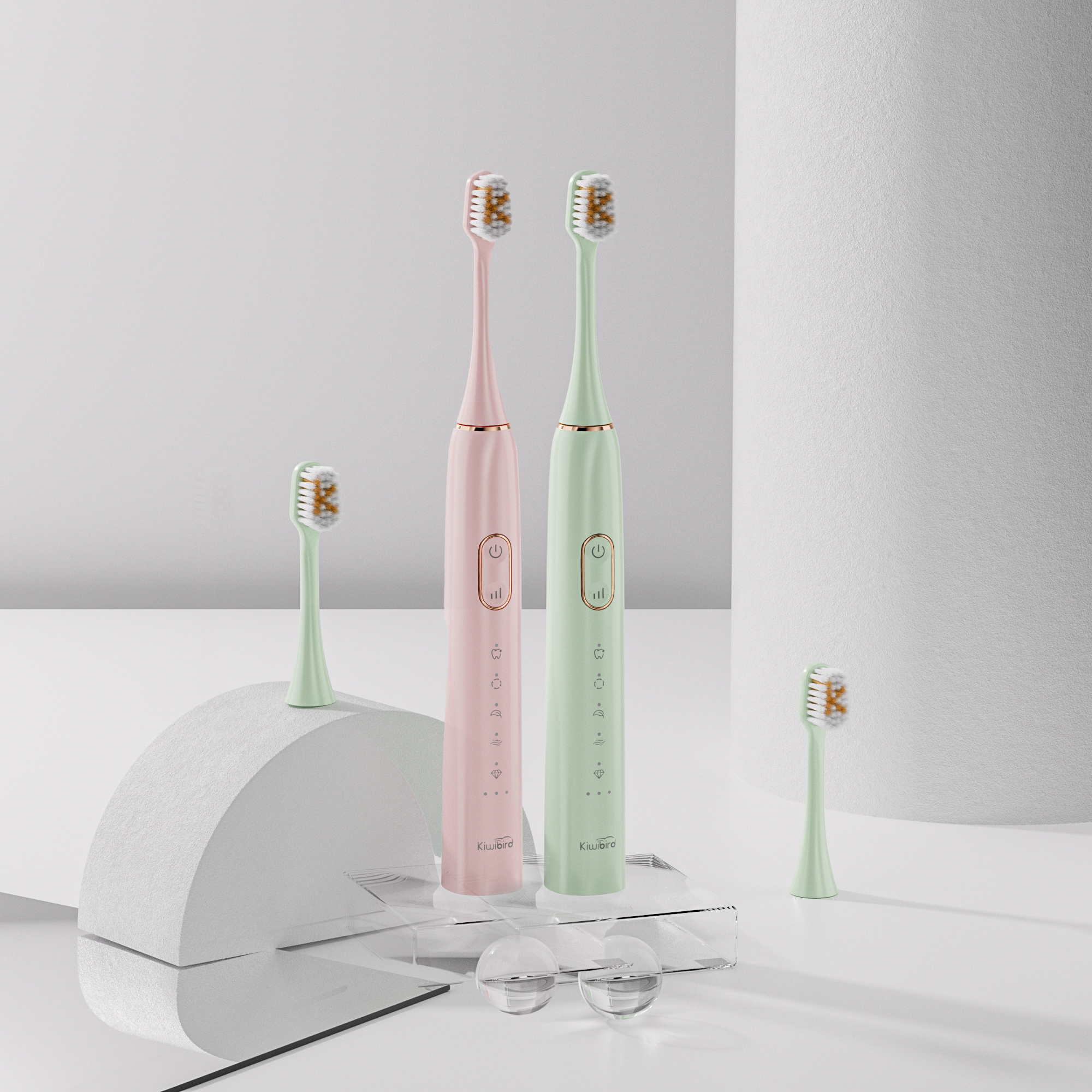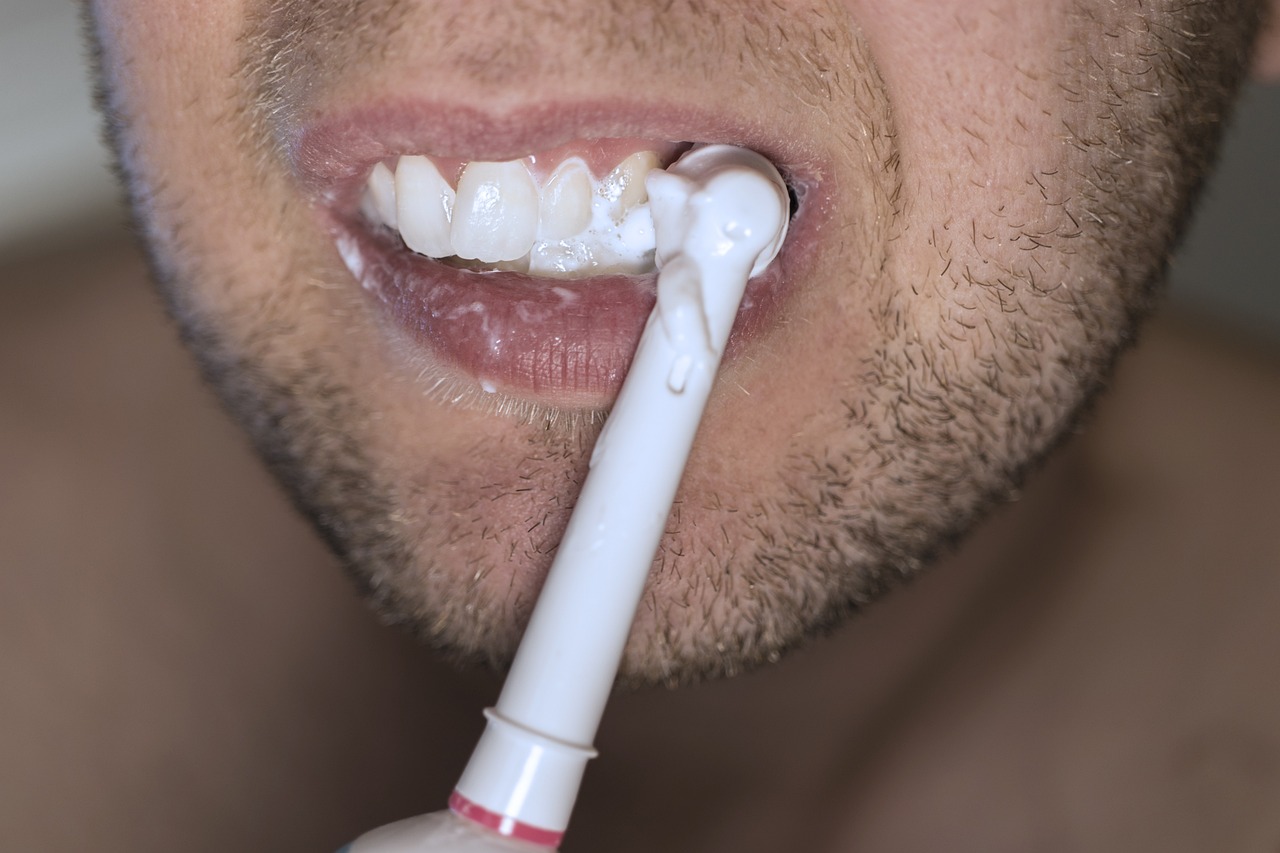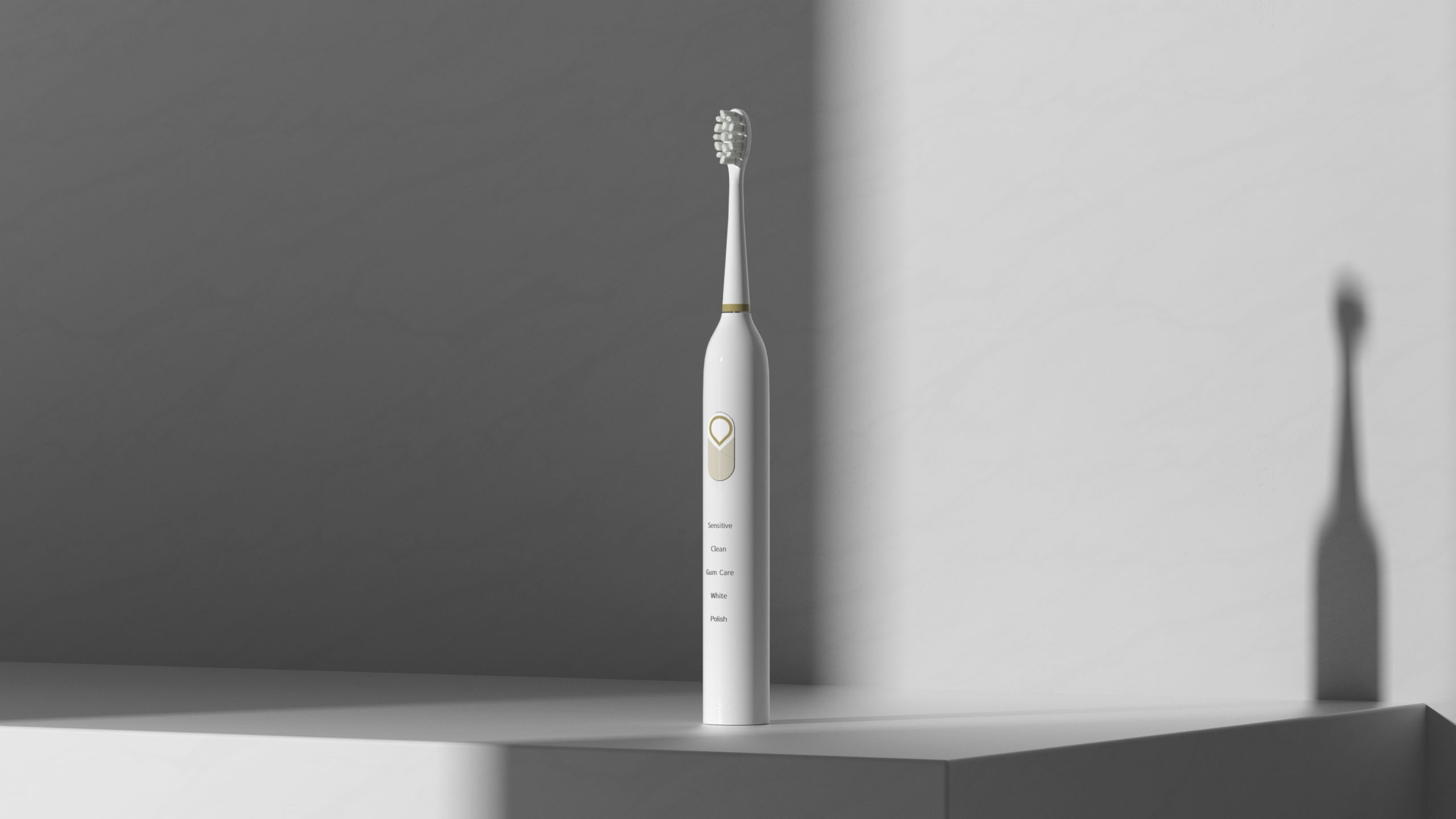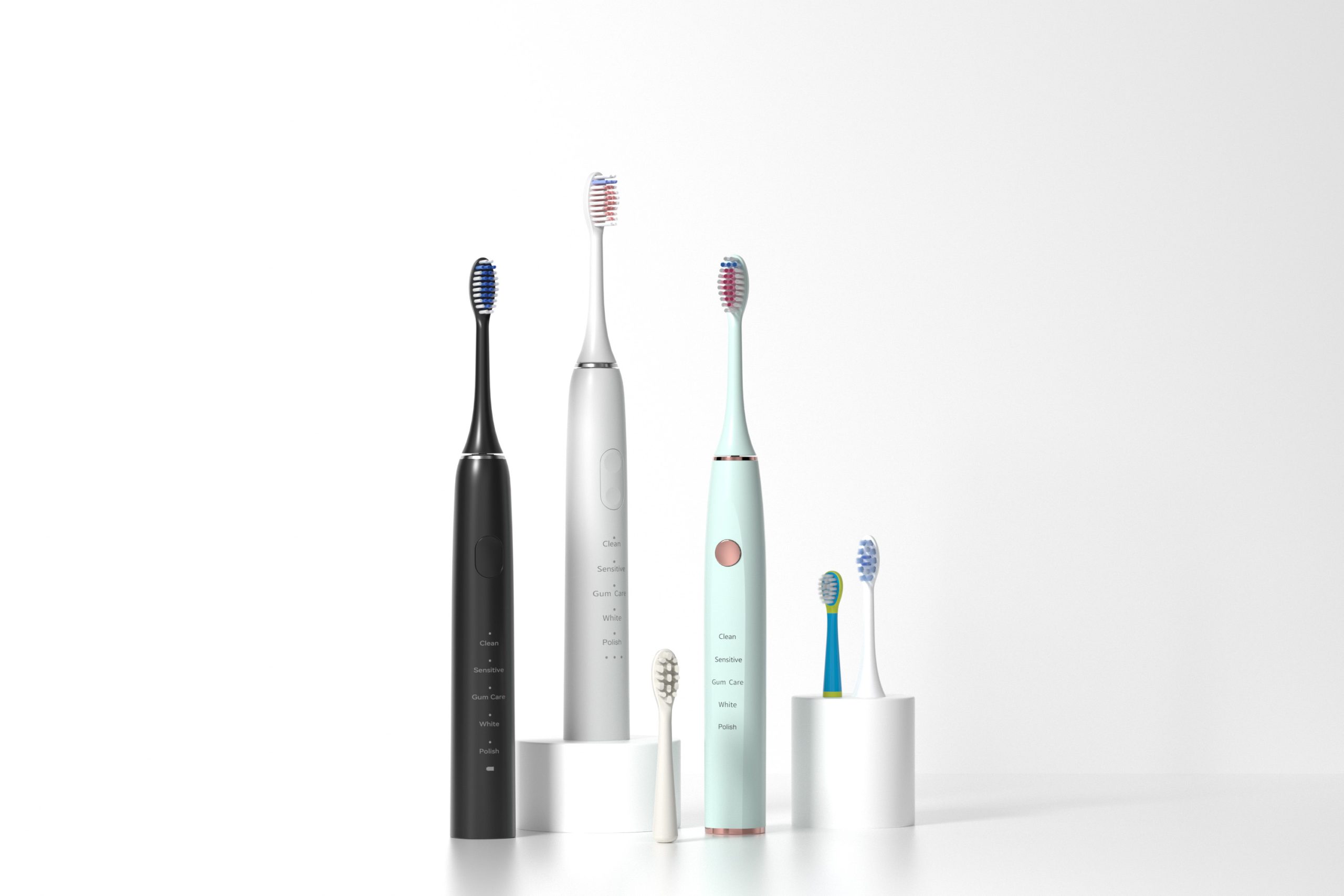Failing to adhere to recommended brush head replacement schedules can lead to progressively stiffer, frayed bristles that abrade tooth surfaces—an insidious way for enamel wears to accelerate unnoticed. In this article, we’ll examine six critical factors that link replacement cadence to enamel health and outline best practices B2B manufacturers can promote to safeguard end‐users’ smiles.
First, as bristles age, they lose their flexibility:
Therefore, maintaining bristle suppleness through timely replacement is essential to control abrasive forces.
Moreover, brush head replacement intervals that run too long allow bristle splaying:
Regular replacement restores a uniform filament profile, distributing pressure evenly.
.jpg)
In addition, old brush heads harbor hardened deposits:
Timely brush head replacement prevents deposit build-up and protects enamel integrity.
Next, worn heads often trigger compensatory habits that worsen wear:
Educating users on correct replacement schedules curbs these counterproductive behaviors.
Furthermore, clinical studies recommend:
Clear, evidence-based guidance ensures replacement intervals both protect enamel and optimize cleaning.
Finally, manufacturers can support partners with:
By enabling channels with these solutions, you reduce enamel wear risks and elevate product value.
Conclusion
Incorrect brush head replacement frequency undermines enamel health by hardening bristles, trapping abrasives, and prompting harmful user compensation—all accelerating enamel wears. Through clear interval guidelines, smart reminders, and material advances, B2B manufacturers can empower partners and users to maintain optimal brushing performance while preserving precious enamel. Contact us to integrate these best practices into your next‐generation oral‐care offerings!


Are Pressure Sensor Errors Worsening Hygiene Mode Absence?

Is the Gujarat travel toothbrush truly a Durable travel toothbrush?
Why Dentin Exposure Risk with UV Light Risks?
How Does Allergen Testing Prevent Bleach Residuals?

Wavelength of Whitening Teeth Device Blue Light (460–490nm) and Red Light (620–660nm)Configuration Guide

Is the Electric Toothbrush Market Growing?
.jpg)
Does a Clinic strength brush qualify as an India medical toothbrush standard?
How to Prevent Water Discoloration and Microbial Growth?

How Can Electric Toothbrush Brands Use Social Media to Increase Sales?

1200 vs 1800 water flosser pulse/Minute: Which Water Flosser Pressure Setting Works Best for Plaque Removal Without Gum Irritation?
Child Compatibility Meets Cold Light Sensitivity: Safe?
.jpg)
Why Choose ADA Approved Electric Toothbrush in Chicago?

The Advantages and Current Usage of Electric Toothbrushes’ cleaning efficincy
.jpg)
Ergonomic Design in Electric Toothbrushes: OEM Best Practices
Is Handle Slippage Causing Your Motor Overheating Crisis?

How a Seattle sustainable toothbrush meets the Seattle tech toothbrush

electric toothbrush heads Charcoal Infuse-Round

electric toothbrush heads Deep Clean
.jpg)
Florida Electric Toothbrush – Powsmart PTR-C8

Private Label Whitening Gel

Customization Teeth Whitening Gel

electric toothbrush heads Ultra Soft

electric toothbrush heads Regular Clean

Electric toothbrush heads Charcoal Infused-Diamond
whstapp
whstapp
National Toll-Free Service Hotline
+86 755 86238638